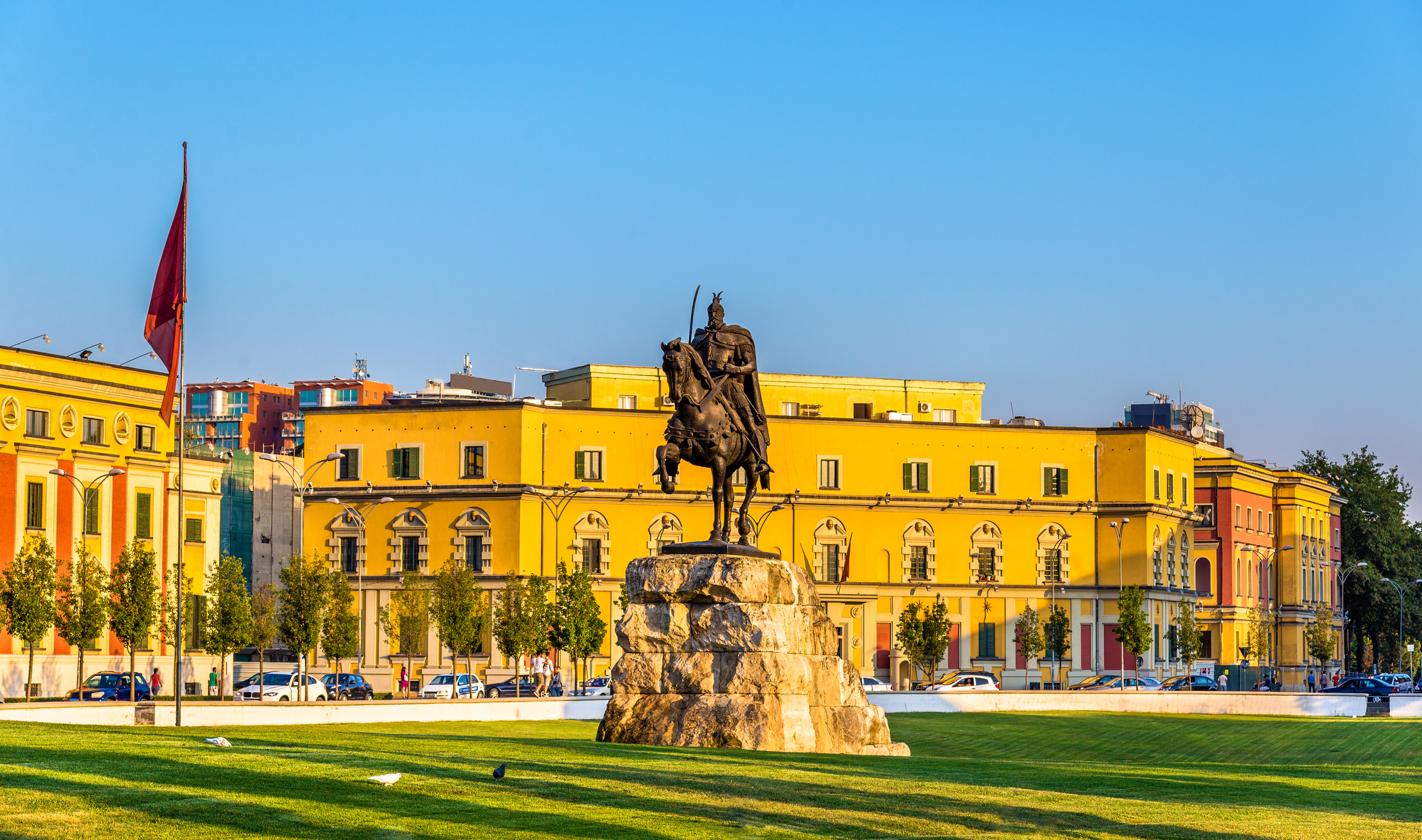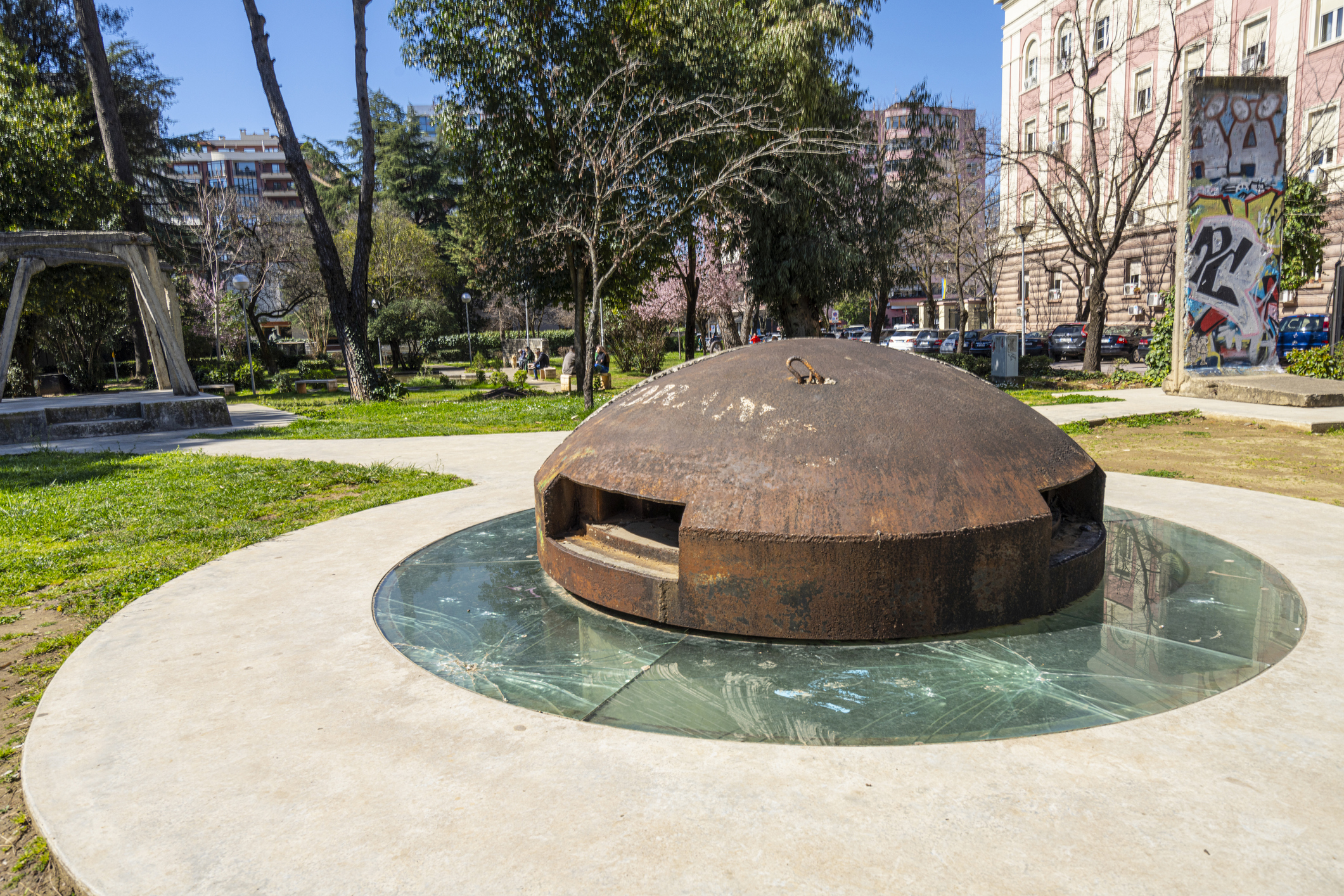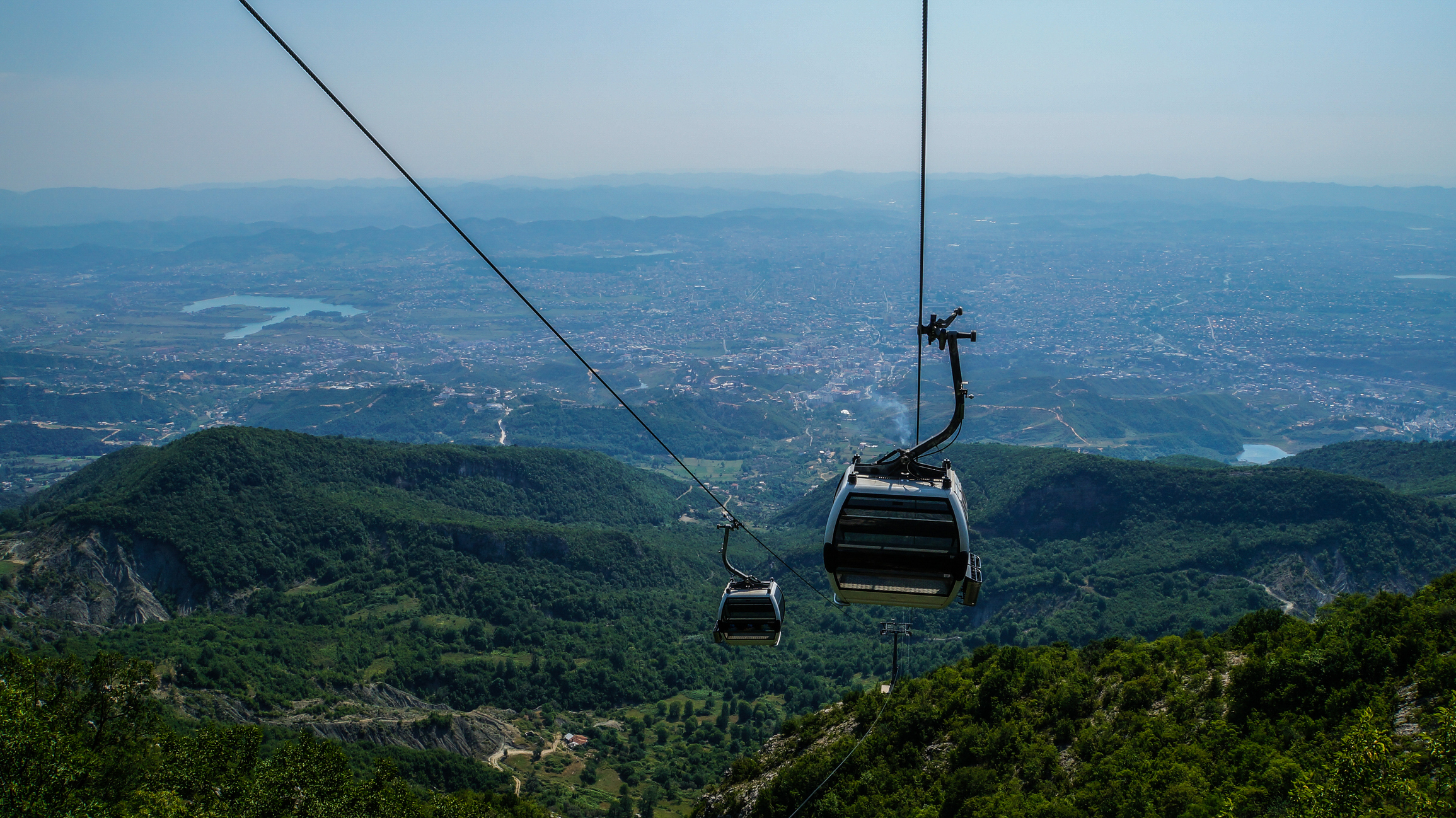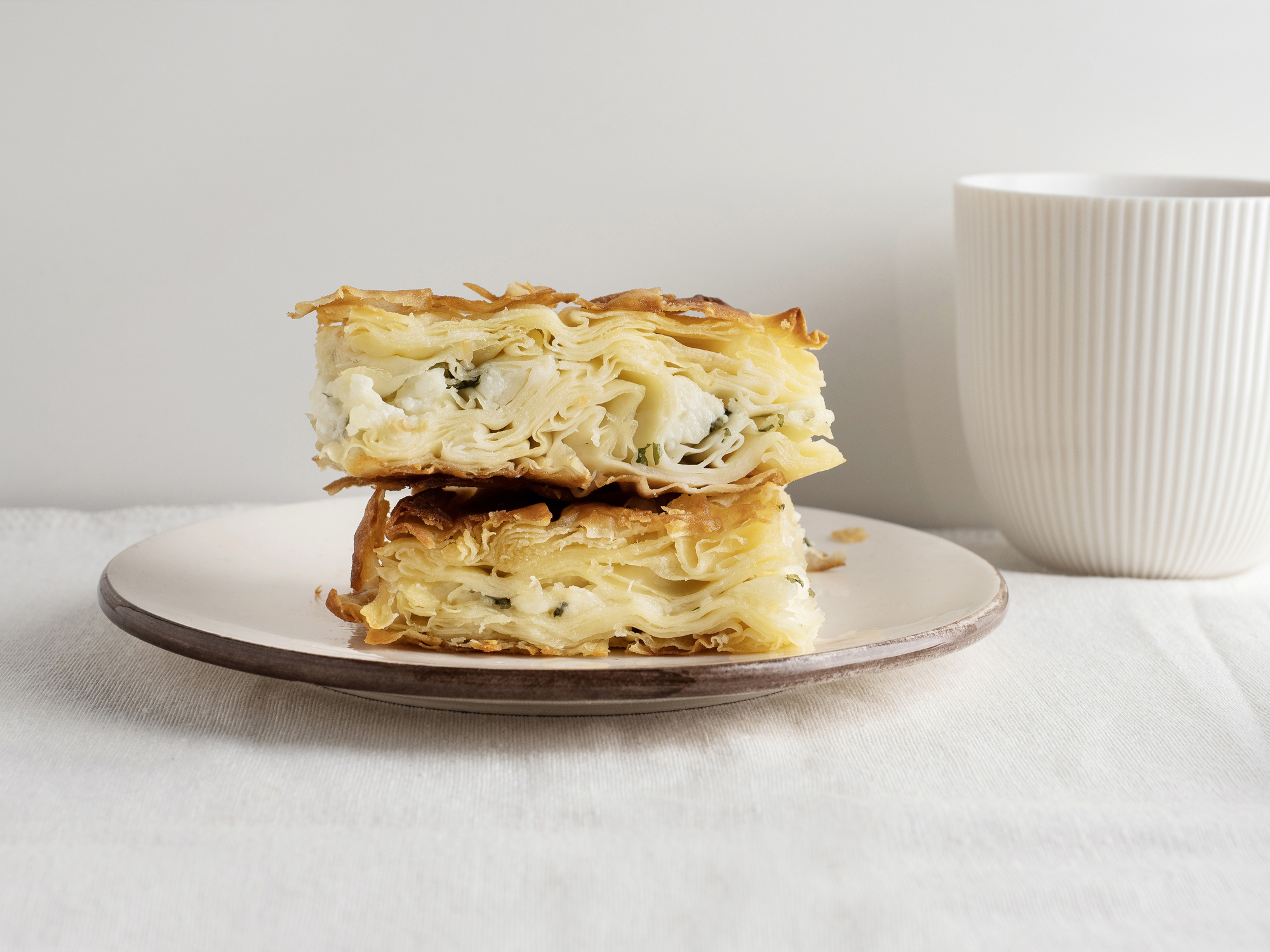Interested in a rewarding place in Europe that´s a little “different” and off the beaten track (and which probably no one else you know has visited)? Check out one of Iberia´s newest destinations, the intriguing capital of Albania (Shqipëri in Albanian), the small, mostly Muslim in the Balkans with an impenetrable language which spent 46 years of the postwar 20th century isolated under the secretive and Stalinist totalitarian dictatorship of Enver Hoxha. After a rough few years of adjustment to capitalism and the outside world in general, today the country is a middle-income democracy and NATO member which is also on track to join the European Union.
And Tirana (spelt Tiranë in Albanian), founded in 1614 in the centre of the county and with a current population of around 528,000, beyond being one of Europe´s both wettest and sunniest cities – has in recent years undergone a dramatic renaissance and these days is lively, colourful, and touted by local tourism authorities as “The Place Beyond Belief”. Here´s why:

Tirana´s Top Highlights
The city´s main hub is Sheshi Skënderbej (Skanderberg Square, above), named after the 15th-century national hero whose statue dominates its centre. Much of it remains a monument to the Hoxha period with buildings such as the Palace of Culture (which includes the National Theatre of Opera and Ballet and the National Library), the International Hotel (though it was renovated by an Italian company in 2001 and reopened as a four-star property), and the seven-pavillion National Historical Museum (which covers this territory´s past back to the Paleolithic era, with notable exhibits including one about the decades of “Communist terror” and another on the world´s most famous Albanian, Mother Teresa). Other structures predate them, like the National Bank (built in 1938 in the “Rationalist” style then popular in Fascist Italy), the 203-year-old Et’hem Bey Mosque (built during the more than four centuries of rule by the Ottoman Turkish empire, from and notable for its colourful frescoes), and the 25-metre-high (115-foot) Clock Tower of Tirana (built a year later, and is Albania’s tallest structure, offering panoramic views over the city), also here are the city hall and several government ministry buildings dating from the early 20th century. More recently, after 2015, landscaping and a dozen surrounding gardens were added as part of the renovation and refreshing of the square.

Even more curious for visitors are the infamous domed concrete military bunkers – some 750,000 of them built across the country by the dictatorship – paranoid about invasion by the likes of Greece and then-Yugoslavia. Usually quite small in size, most are still around – some abandoned, others repurposed into things like food stands, storage areas, and animal pens (one beach hotel, the Elesio in the town of Golem, even made theirs part of their spa!). Here in Tirana you can see one at the Postbllok-Checkpoint (above), a downtown installation meant to remind today´s generation of the bad old days and serve as a memorial to those who suffered under the dictatorship; in addition, a particularly enormous and elaborate pair of them – created for Hoxha and his cronies – have been turned into history/art museums called Bunk’Art; the one in the city centre goes down five storeys and boasts around a hundred rooms.
Also worthwhile are the National Archaeological Museum, which showcases some 2,000 items from the Stone Age till the end of Ottoman rule in 1912, and the House of Leaves (aka the Museum of Secret Surveillance) in a two-storey villa which was the former headquarters of the Sigurimi, Hoxha´s dreaded secret police; its exhibitions and artifacts shed plenty of light on the terror and oppression inflicted by the régime on its citizens.

Another quirky downtown landmark worth a visit is the Pyramid (above). Built in 1988 as a museum dedicated to (who else) Enver Hoxha, it was put to a variety of uses, and last year was renovated with new features such as steps ascending/descending its sides and a series of colourful boxes housing cafés, studios, start-up offices incubators, and classrooms for young people to learn about technology.
And don´t miss a swing through the trendy upmarket neighbourhood in the southwest of the city just a few minutes from downtown called Blloku, where you can find shops, boutiques, restaurants, bars, and pubs. Here you´ll also find the onetime Villa of Enver Hoxha, where visitors can see how the dictator lived.

Just south of Blloku, Grand Park (above) is a delightful 289-hectare (736/acre) spread great for strolling and picnicking amidst the greenery and swimming in the large manmade lake at its centre. The park is also home to the Presidential Palace (built in 1941 also in Rationalist style) and a number of statues and tombs of notable Albanian writers, philosophers, and politicians.

A little farther afield, just east of Tirana, Mount Dajti National Park (above) is 293,84 km² (113 sq. miles) of forested hills with the titular peak (1,580m/TK ft. high). The easiest way to get up here is via cable car, but feel free to hike if you´re up to it! As you can imagine, the view from the top is spectacular, including the vast Lake Bovilla reservoir and the sheer cliffs which surround it (a rock climber´s paradise, to be sure).

Excellent Albanian Eats
Local cuisine is basically Mediterranean with some Balkan and Turkish influences – a blend which yields some mighty tasty traditional dishes. Among the most typical is byrek (above), a savoury phyllo pastry stuffed with varying combinations of cheese, ground beef, spinach, and potatoes. Also try tavë kosi, a simple dish of baked lamb and rice, served with a flavored yogurt sauce; qofte, baked or fried meatballs – usually made with beef but can also be chicken or lamb – and mint; and fërgesë, a stew of peppers, tomatoes, onions and gjizë (Albanian ricotta). And of course here in Tirana there´s no shortage of restaurants and cafés where you can enjoy these and other delicious delicacies.
Learn more at Visit-Tirana.com and AlbanianTourist.com, and then book a flight to this fascinating country – you won´t regret it!

